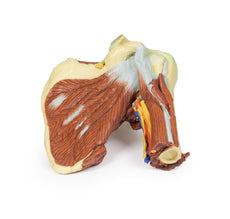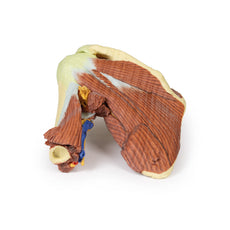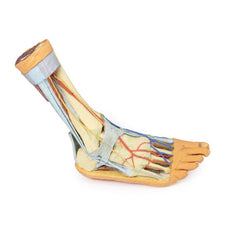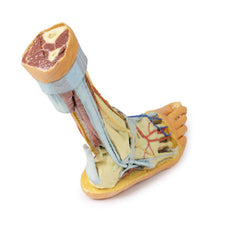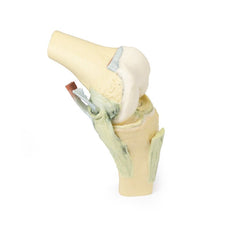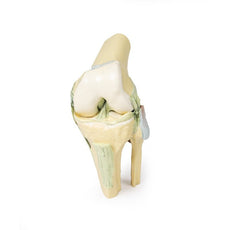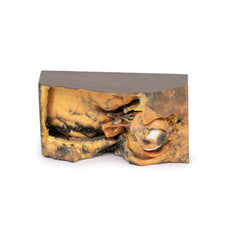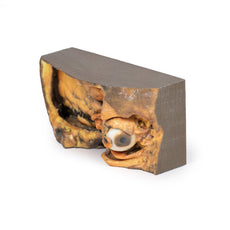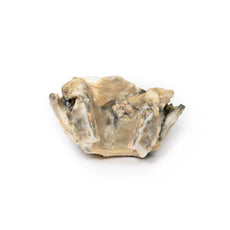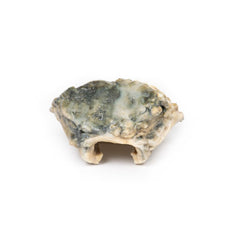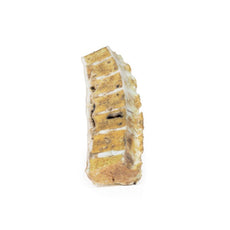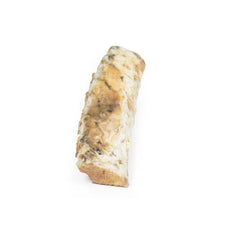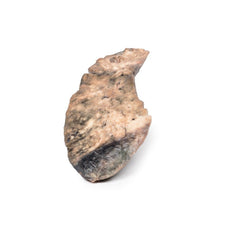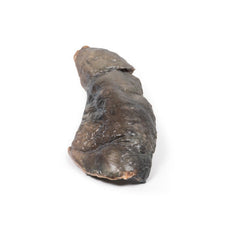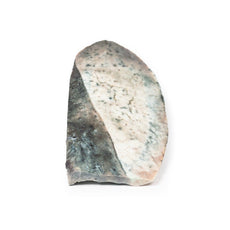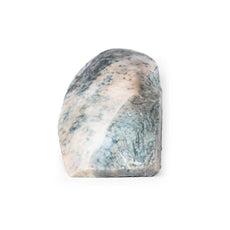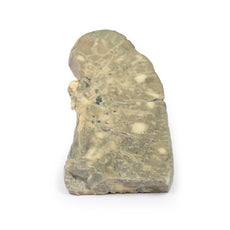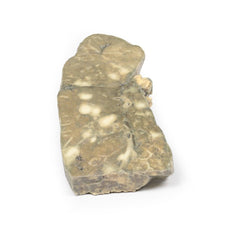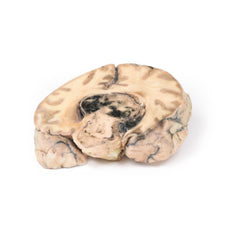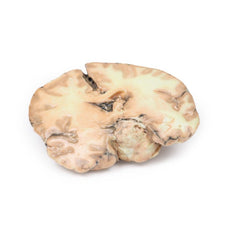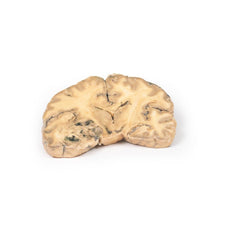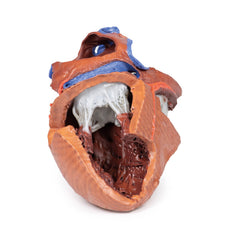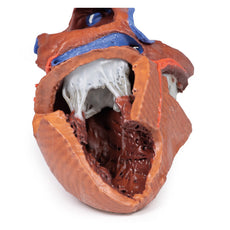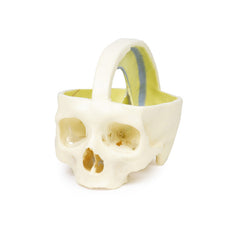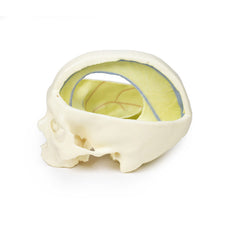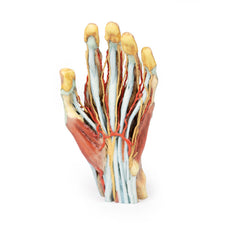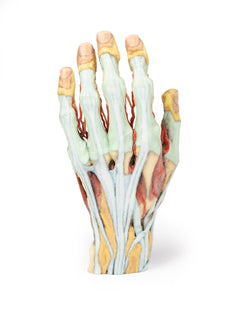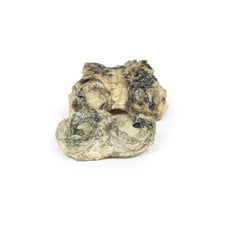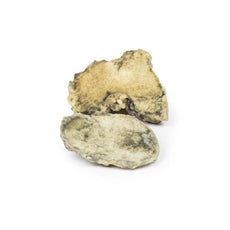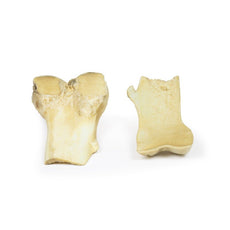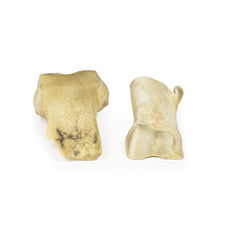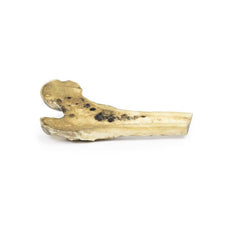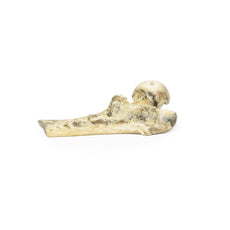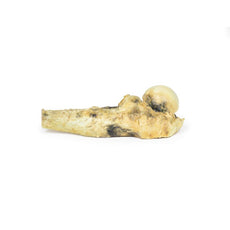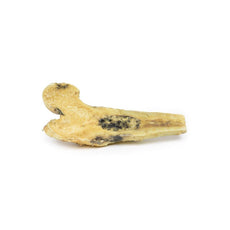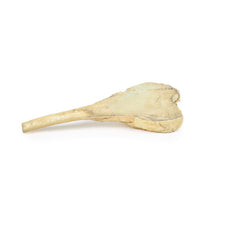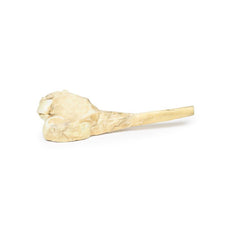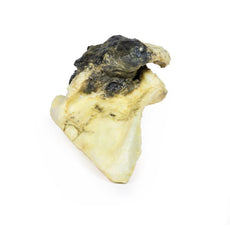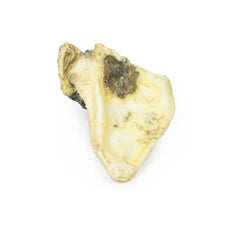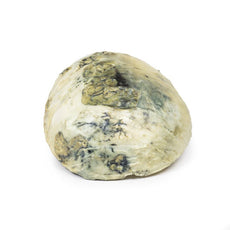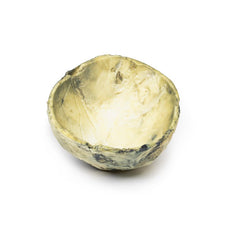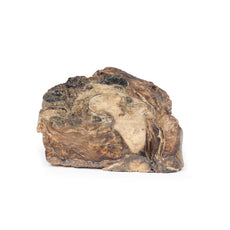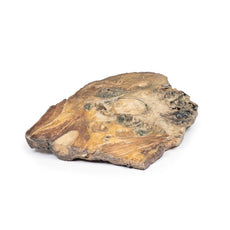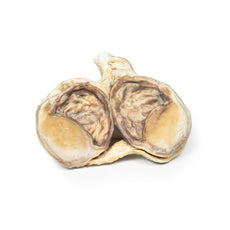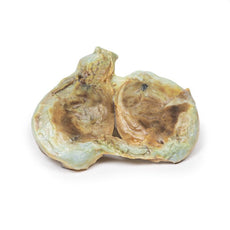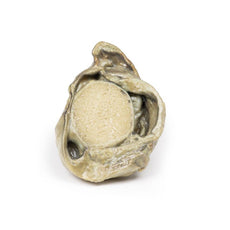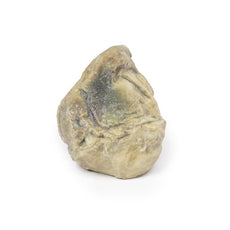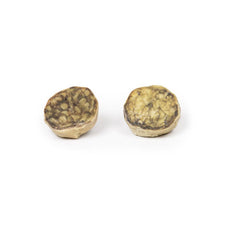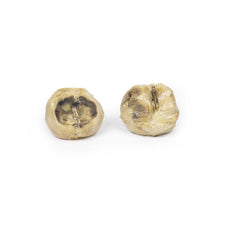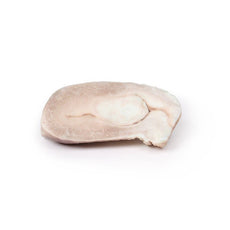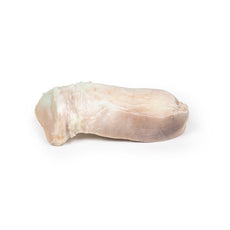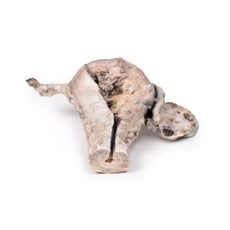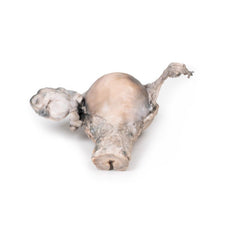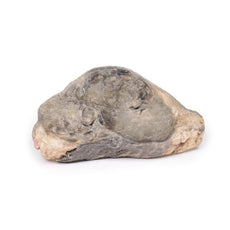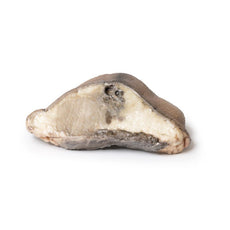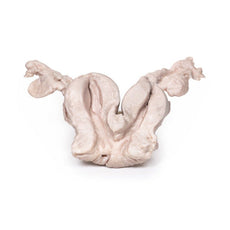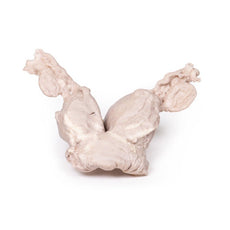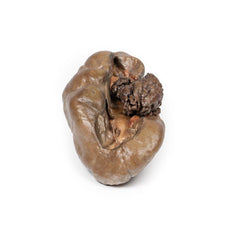Your shopping cart is empty.
3D Printed Papillary Transitional Cell Carcinoma of the Renal Pelvis
Item # MP2099Need an estimate?
Click Add To Quote

-
by
A trusted GT partner -
FREE Shipping
U.S. Contiguous States Only -
3D Printed Model
from a real specimen -
Gov't pricing
Available upon request
3D Printed Papillary Transitional Cell Carcinoma of the Renal Pelvis
Clinical History
A 60 year old man who had worked in a paint factory for 40 years developed
painless haematuria for one month. CT scan showed a suspected tumour in the left renal pelvis. He underwent a
nephrectomy.
Pathology
This is the post-nephrectomy kidney. Of note the kidney maintains its foetal
lobulation. There is a friable papillary tumour of 35mm in diameter projecting in the renal pelvis. The renal pelvis
is visibly dilated due to this obstructing tumor. Histological examination revealed this is papillary transitional
cell carcinoma arising in the renal pelvis.
Further Information
Between 5-10% of primary renal cancers arise in the urothelium lining the
renal pelvis and calyces. These are similar to tumours which may arise in the ureter and urinary bladder. These
tumours range from benign papillomas (rare) to well differentiated papillary carcinomas , which are common, and
poorly differentiated tumours which can be either papillary, or flat and infiltrating.
Symptoms of these renal
pelvis tumors tend to occur early. Due to the friable nature of the tumours haematuria is common. As they tumours
grow obstructive symptoms such as palpable hydronephrosis and flank pain can be noticed. The tumours can sometimes
be multiple; involving the pelvis, ureter and bladder.
There is an increased risk in developing urothelial tumours in individuals with Lynch syndrome and analgesic
nephropathy. Smoking significantly increases the risk of developing urothelial tumours. Industrial chemicals called
aromatic amines, such as benzidine and beta-naphthylamine, which are sometimes used in the dye industry, can lead to
urothelial cancers.
Infiltration of the wall of the pelvis and calyces is common in theses tumour. The prognosis
with infiltration is not good. 5 year survival rates vary from 50-100% for low grade and non-invasive lesions to 10%
for high grade infiltrating tumours.
 Handling Guidelines for 3D Printed Models
Handling Guidelines for 3D Printed Models
GTSimulators by Global Technologies
Erler Zimmer Authorized Dealer
The models are very detailed and delicate. With normal production machines you cannot realize such details like shown in these models.
The printer used is a color-plastic printer. This is the most suitable printer for these models.
The plastic material is already the best and most suitable material for these prints. (The other option would be a kind of gypsum, but this is way more fragile. You even cannot get them out of the printer without breaking them).The huge advantage of the prints is that they are very realistic as the data is coming from real human specimen. Nothing is shaped or stylized.
The users have to handle these prints with utmost care. They are not made for touching or bending any thin nerves, arteries, vessels etc. The 3D printed models should sit on a table and just rotated at the table.










